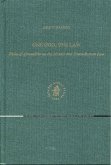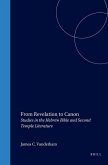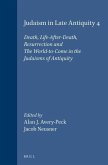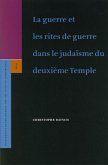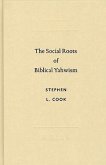What is meant by attributing texts to Moses in Hebrew Bible and Second Temple Judaism? The answer depends not only on the history of texts but also on the history of concepts of textuality. This book criticizes the terms "Pseudepigraphy" and "Rewritten Bible," which presuppose conceptions of authentic attribution and textual fidelity foreign to ancient Judaism. Instead, this book develops the concept of a discourse whose creativity and authority depend on repeated returns to the exemplary figure and experience of a founder. Attribution to Moses is a central example, whose function is to re-present the experience of revelation at Sinai. Distinctive features of Mosaic discourse are studied in Deuteronomy, Jubilees, the Temple Scroll, and the works of Philo of Alexandria.



